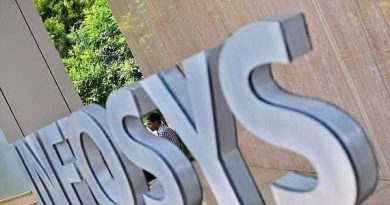Liam Dann: Road to real recovery begins with early end to QE
OPINION:
The economy has taken a big step towards a sustainable recovery with the news that the Reserve Bank will end its bond-buying programme – or what we colloquially call money printing.
New Zealand’s first-ever quantitative easing programme will cease next week with just over $53 billion worth of bonds having been purchased.
That’s about half the $100b cap that was approved as the pandemic hit last year.
The early end and final tally reflect an economic recovery that has been faster and stronger than anyone forecast.
The Reserve Bank announced the decision to wind up the programme on July 23 in the Monetary Policy Review yesterday.
The Official Cash Rate was left on hold at 0.25 per cent.
Even after a week which saw all the major bank economists bring their rate hike forecasts forward and one bank raise fixed mortgage rates – the Reserve Bank still managed to surprise markets.
Expectations were that the RBNZ would accelerate the winding-down of its bond-buying programme.
News of the more abrupt halt saw the kiwi dollar rise and NZ 10-Year Bonds lifted 10 basis points.
Economists again moved their bets on the timing of the next official cash rate hike.
“After rapid moves in the last couple of weeks the hurdle for a hawkish surprise was high,” said ANZ chief economist Sharon Zollner.
But the data had more than justified the move, she said.
It was “a signal enough that the normalisation process has already kicked off – with the logical next step being OCR hikes”.
The RBNZ had “clearly changed tack”, said ASB chief economist Nick Tuffley.
“The risk of inflation and employment undershooting their objectives has switched to the risk of overshooting should the current level of stimulus remain in place”.
All eyes are now on tomorrow’s Consumer Price Index inflation number for the June quarter.
The market is expecting a rise of 2.7 per cent but some are predicting it could go as high as 3 per cent – the outer limit for the RBNZ’s mandated inflation target.
The Reserve Bank did keep its options open, indicating that it still intends to look through a one-off spike in inflation.
The RBNZ Monetary Policy Committee reiterated that there “will be near-term spikes in headline CPI inflation in the June and September quarters”.
“These reflect factors that are either one-off in nature, such as high oil prices, or expected to be temporary in duration, such as supply shortfalls and higher transport costs,” it said in its statement.
So regardless of the strength of the CPI number we should expect the timing of rate hikes to remain dependent on a range of data across the coming months.
That caveat didn’t stop economists moving forward their forecasts for the next rate hike.
ANZ’s Zollner and ASB’s Tuffley both now expect a rise with the August Monetary Policy Statement.
“Key data that will determine the timing (and pace) of OCR increases will be: the extent of cost pass-through to inflation; the degree of labour underutilisation; wage inflation, and; inflation expectations,” Tuffley said.
“Essentially, though, every OCR decision from now on should be considered ‘live’.”
Zollner noted that the RBNZ statement had changed wording from its previous statement – dropping the comment that reaching its targets would require “considerable time and patience”.
“The fact that the release was titled “Monetary Stimulus Reduced” is a big flashing sign that the RBNZ considers the monetary policy cycle to have turned,” she said.
The CPI on Friday and labour market data (early next month) would provide the final evidence the RBNZ require
Westpac chief economist Michael Gordon held his forecast for November but noted the odds of a hike at the August Monetary Policy Statement had risen.
Source: Read Full Article

/cloudfront-ap-southeast-2.images.arcpublishing.com/nzme/CN6J2AOCKFS5OTMO47IBW3DMJE.jpg)
